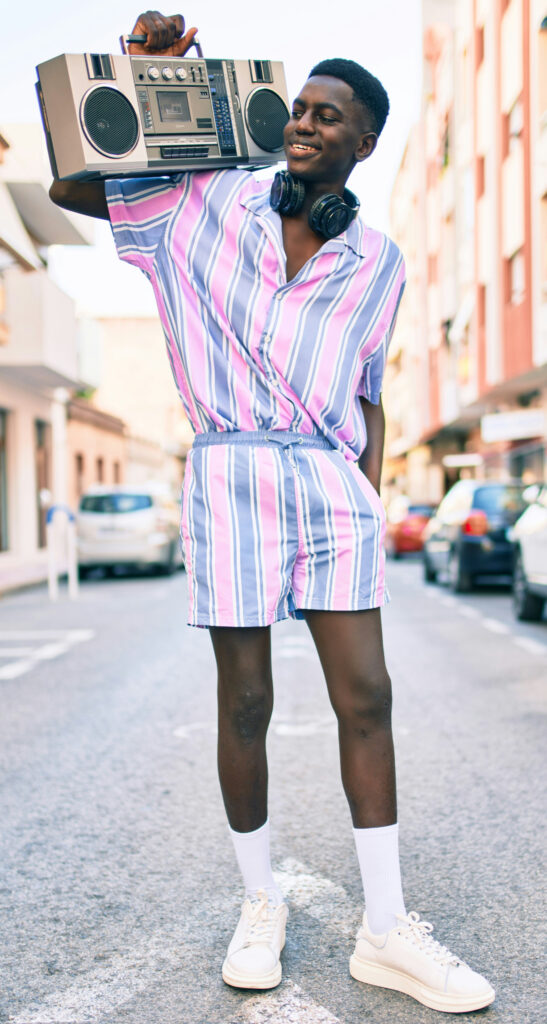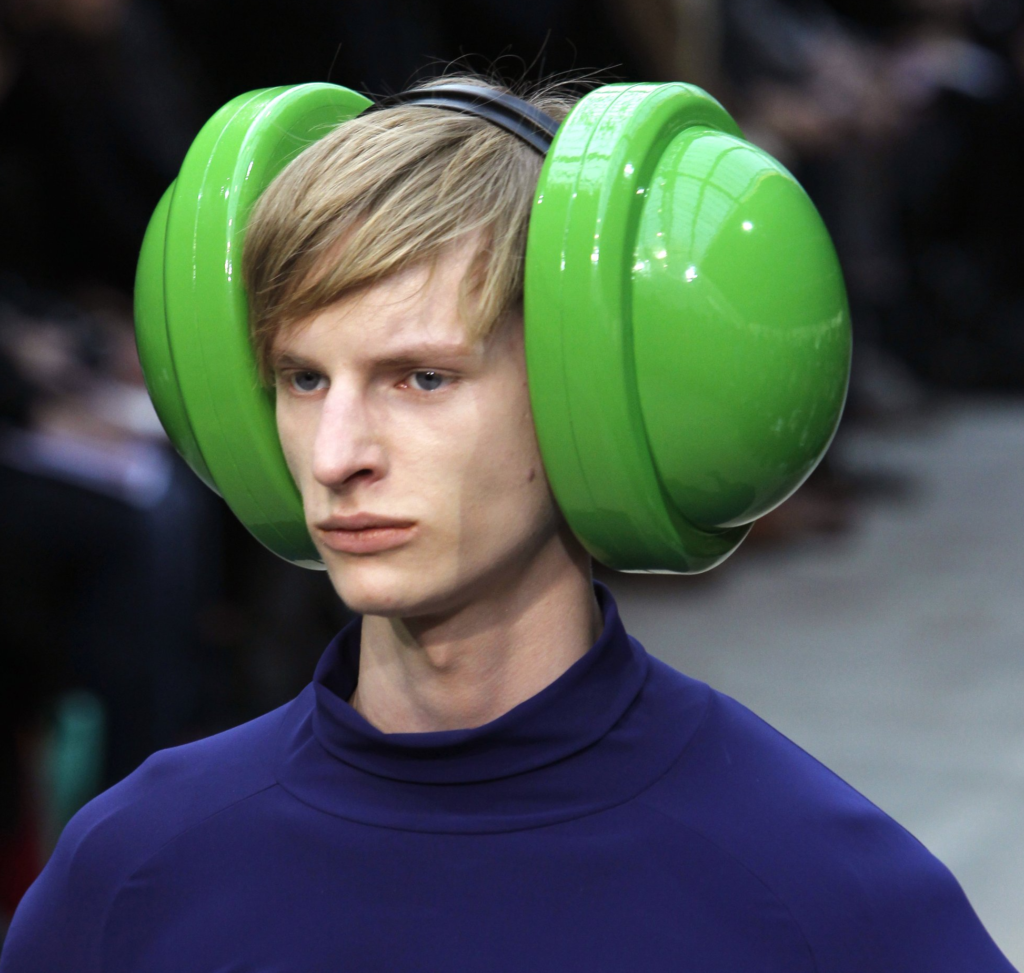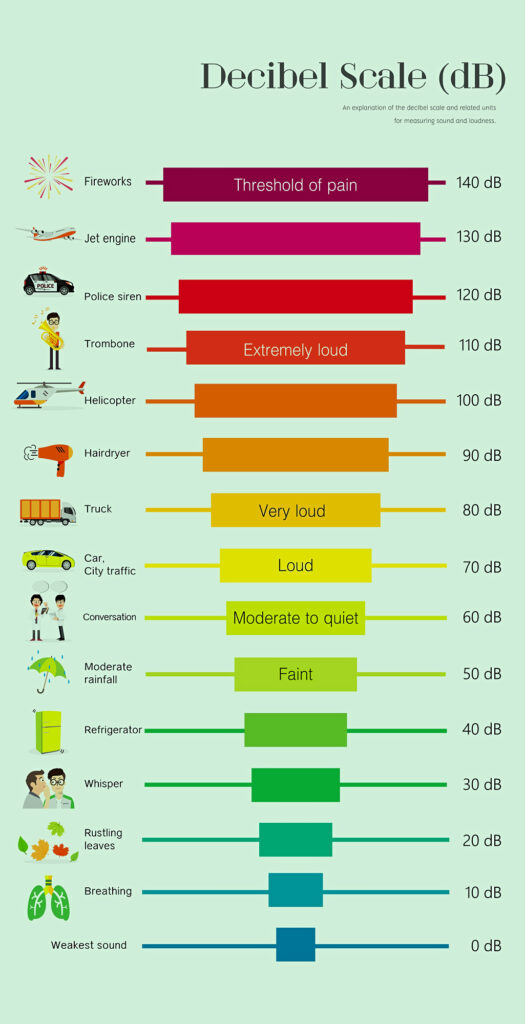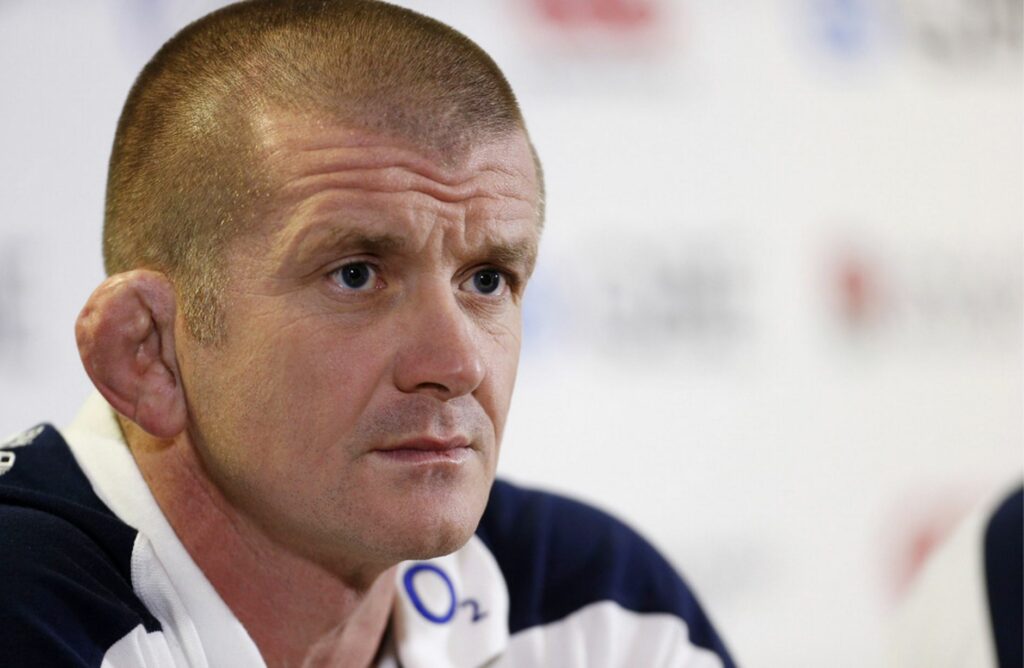Our ear has developed to detect even very low-level sounds.
Why? It’s a natural survival tool.
Think about prey animals like rabbits or deer. Their hearing is exceptional as it helps them avoid predators. Our ear has evolved in much the same way. It might not be as sensitive as a rabbit’s, but it isn’t just there to help us communicate — it’s there to help us avoid danger.
In the natural world, you’ll rarely come across very loud noises, but instead quiet and subtle ones. This means the human ear has not evolved to manage loud noise but is built to pick up on gentle sounds.
So, when we introduce artificially loud sound through headphones or earbuds, or spend hours each day alongside a screaming motor or crashing loud noises, we can actually end up damaging our ears.
Here’s how the damage happens
Loud noise increases the strength of the vibrations which cause the small hairs in our hearing system to move. If the vibrations are too intense for too long, the hairs are unable to cope with the load and stop working properly.
Depending on how long you listened to music or endured the noise for, and how loud the sound was, two things can happen:
- The hairs can be damaged and may have lost sensitivity, but they can recover over time. This is why you may find it hard to hear after leaving a concert or motorsport event but eventually, your hearing returns to normal. The hairs are overloaded but they’ll heal in time.
- If too much damage is done, the hairs are beyond repair. They’ve lost their ability to vibrate with sound and have become useless. This is when we experience noise-induced hearing loss. The damage to your hearing has become permanent.

Symptoms of Noise-Induced Hearing Loss
Noise-induced hearing loss is a quiet condition with no pain or other obvious warning signs.
Symptoms of noise-induced hearing loss include feeling pressure in the ears or hearing a ringing sound in otherwise quiet environments. In early hearing loss, you’ll find you can’t hear high-pitched sounds like birds chirping. If your exposure to noise has been brief, these symptoms last only a short while.
As your hearing loss worsens, you will have difficulty hearing lower pitched sounds like human voices. Other peoples’ voices may sound muffled or like they are mumbling, especially on the telephone or in a loud environment like a crowd. When you notice any of these symptoms, you should talk to your doctor about a hearing test.
Causes of Noise-Induced Hearing Loss
Many kinds of sounds can cause noise-induced hearing loss. The louder the sounds, the sooner hearing loss will happen. Here are some common causes:
Recreational-activity noises. Concerts, nightclubs, truck shows and car races, target shooting, hunting, sporting events, motorcycles, and listening to loud music through earbuds or headphones.
At-home noises. lawnmowers, leaf blowers, woodworking tools, and high volume stereo systems or tv.
Work-related noises. Power tools, sirens, firearms and firecrackers, and gas-powered lawnmowers.

How loud is too loud?

Sound is expressed in decibels, which measure the sound energy in a closed space.
A whisper is about 30 decibels, a washing machine or dishwasher generates about 70 decibels, and gas-powered lawnmowers or leaf blowers produce 80 to 90 decibels.
Exposure to 80 to 90 decibels continuously for two hours may damage your hearing.
Louder sounds can damage your hearing quickly.
Approaching trucks or trains, car horns, sporting events, and even some power tools reach 100 decibels, and just 15 minutes of exposure can damage your hearing.
Stereo headsets at full volume (110 decibels) and rock music concerts (120 decibels) also harm your ears in just a few minutes.
The decibel scale measures noise logarithmically, which is similar to how our ears perceive sound, so a sound 10 times more powerful than 0 dB is 10 dB, a sound 100 times more powerful than 0 dB is 20 dB, a sound 1,000 times more powerful than 0 dB is 30 dB, and so on.
What are Cauliflower ears?


Watch any given rugby game and you are likely to spot some pretty bizarre ear formations from sides of heads.
These can roam from slightly swollen through bleeding to full on Lord of the Rings orc levels. Maybe that’s a clue to why so many players are generally seen with huge headphones on.
Cauliflower ear (really its official name) happens when the external portion of the ear is hit and develops a blood clot – which separates it from the cartilage and essentially stops the supply of nutrients causing it to die.
This leads to a fibrous tissue formation on the outer ear, making it permanently swollen or deformed. Unfortunately it is an irreversible condition.
Normally the main players who suffer from Cauliflower ears are front row forwards and second rows/locks – although back row forwards can also suffer. But it’s not just rugby guys with the big lugs. Have you checked out Connor McGregor? It’s pretty common too in martial arts such as Brazilian jiu-jitsu, wrestling, boxing, judo, mixed martial arts and even in rugby league too, but you just can’t compare those scrums.


